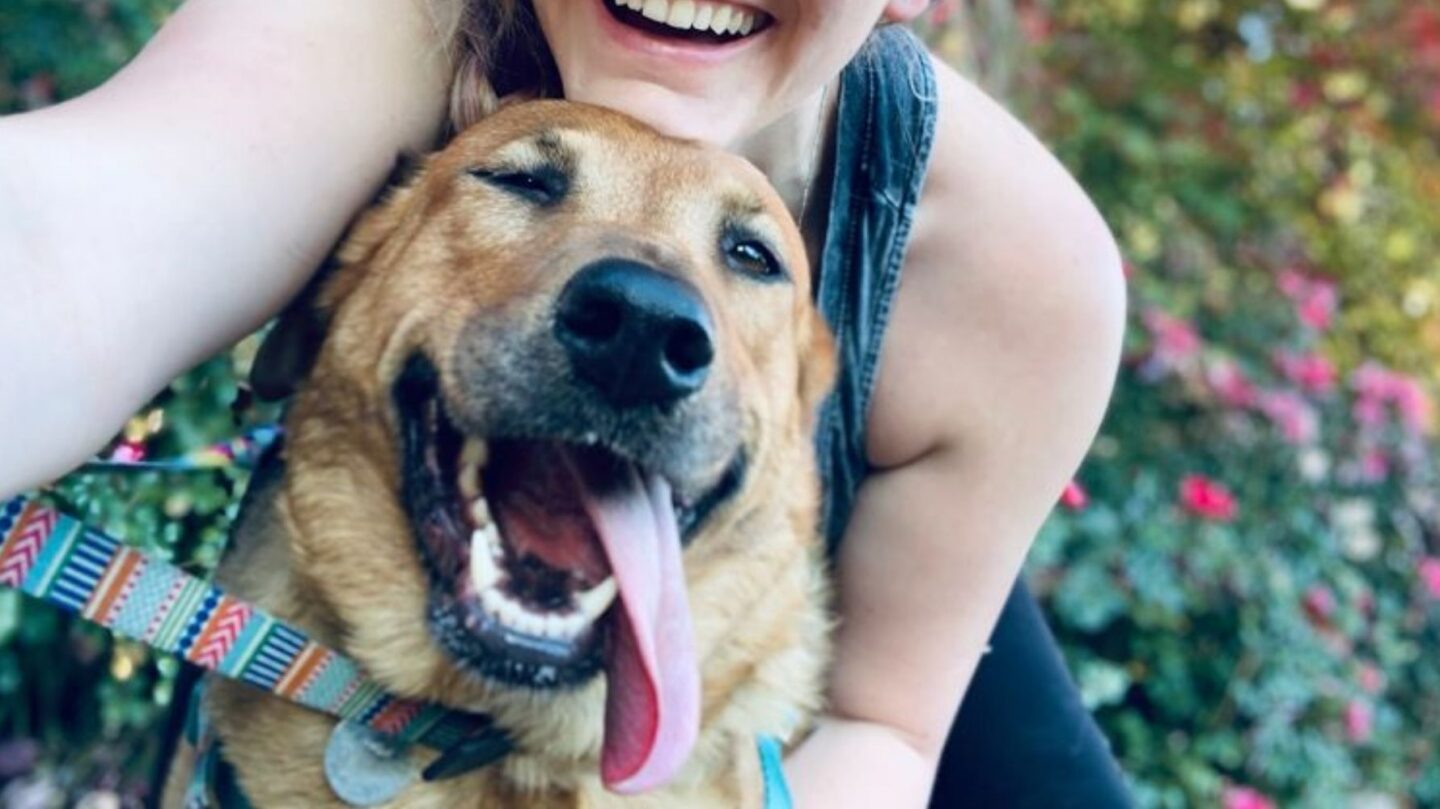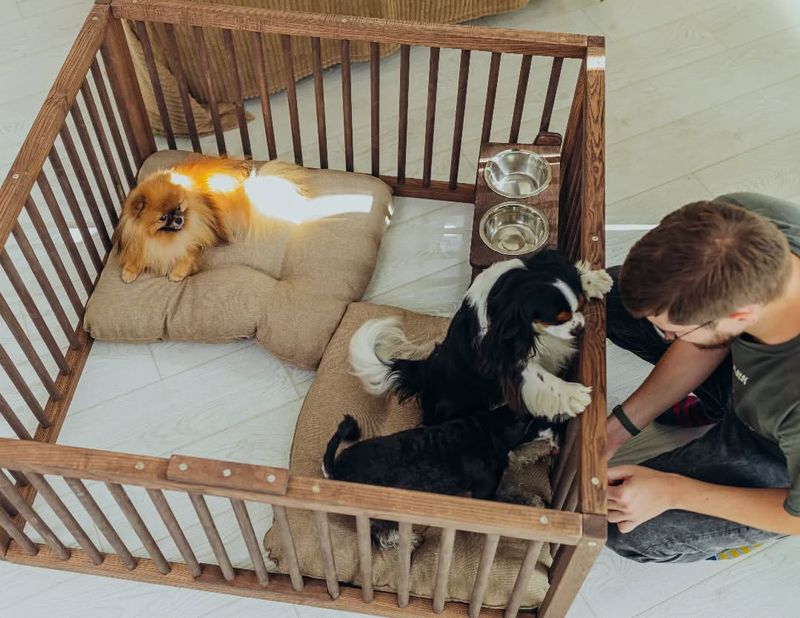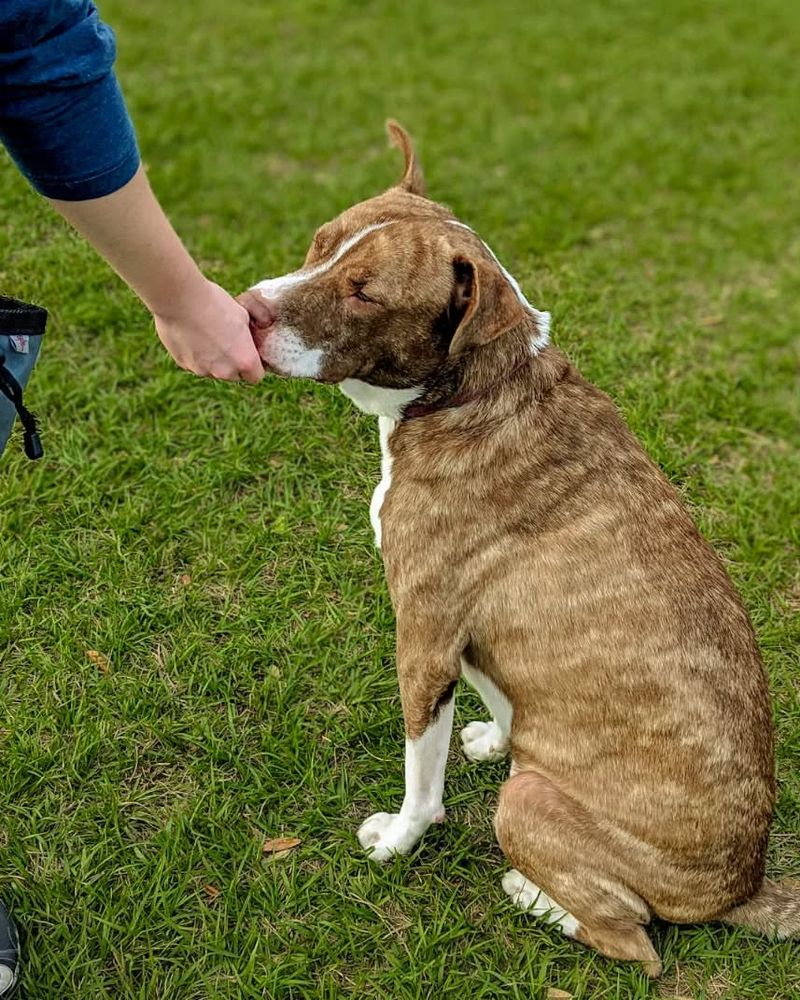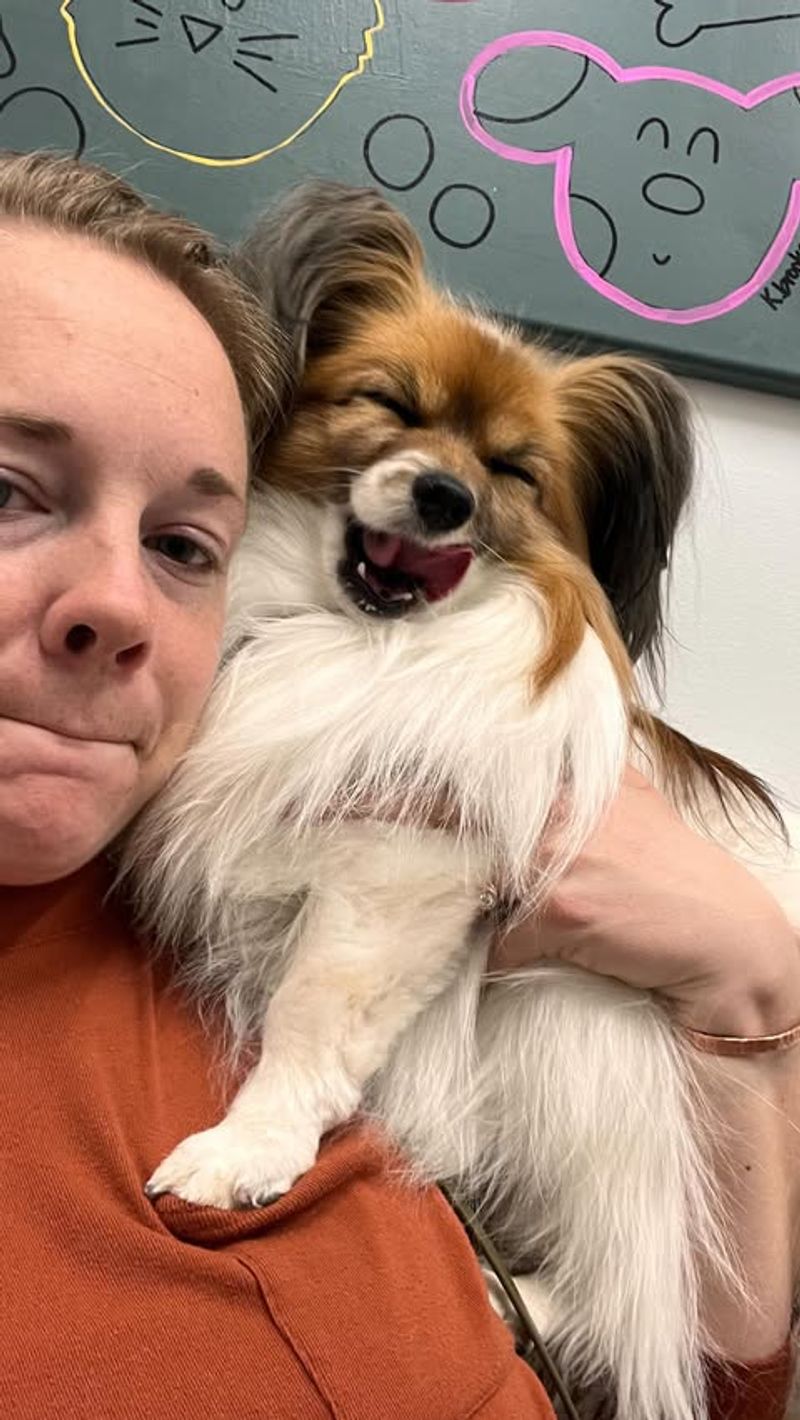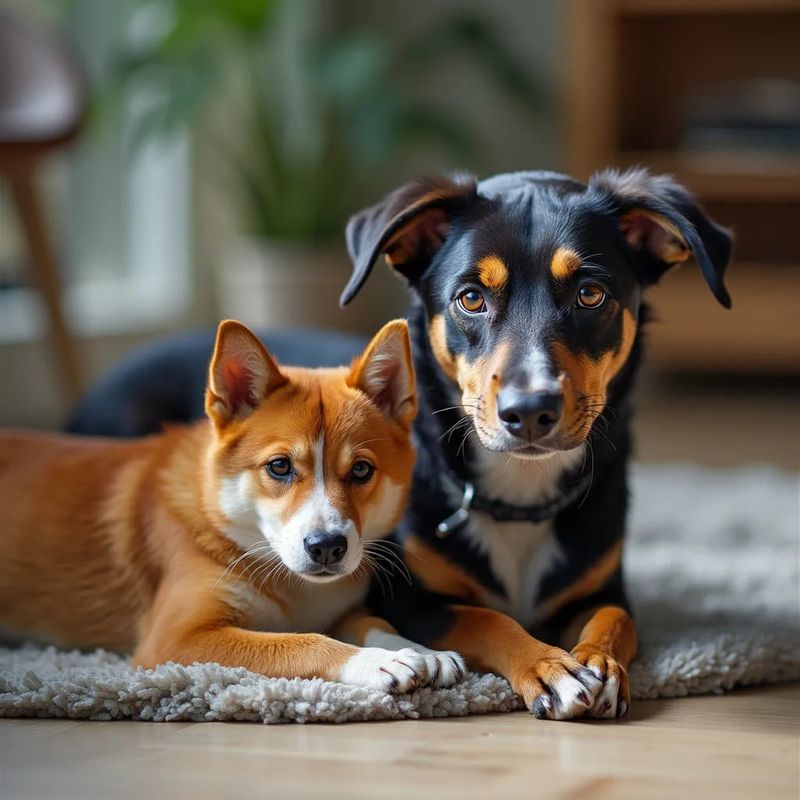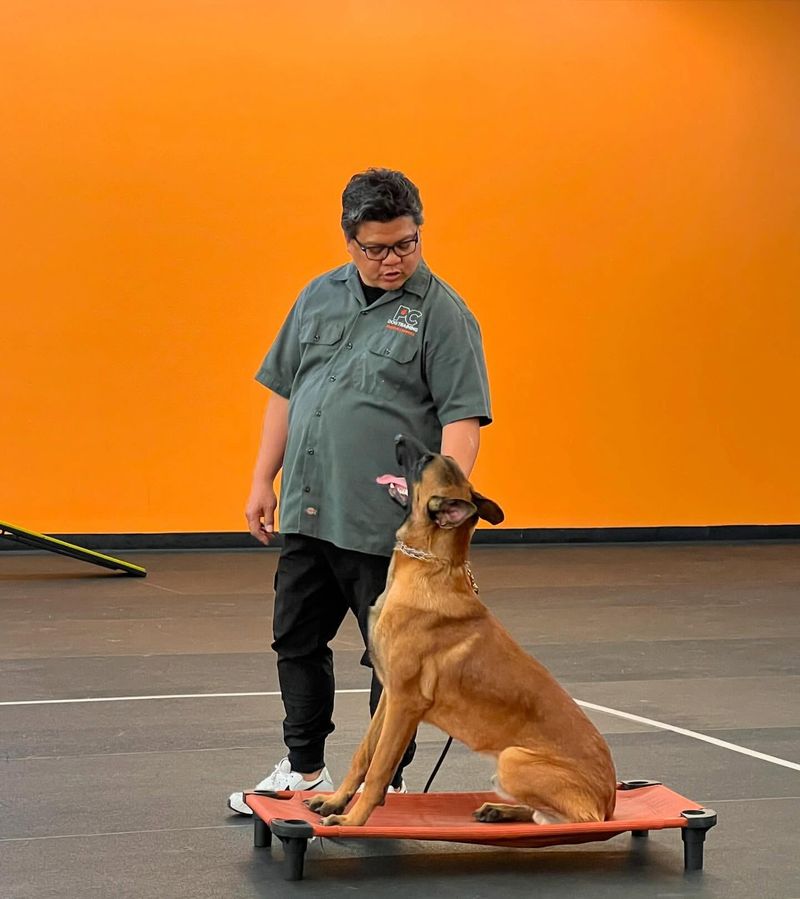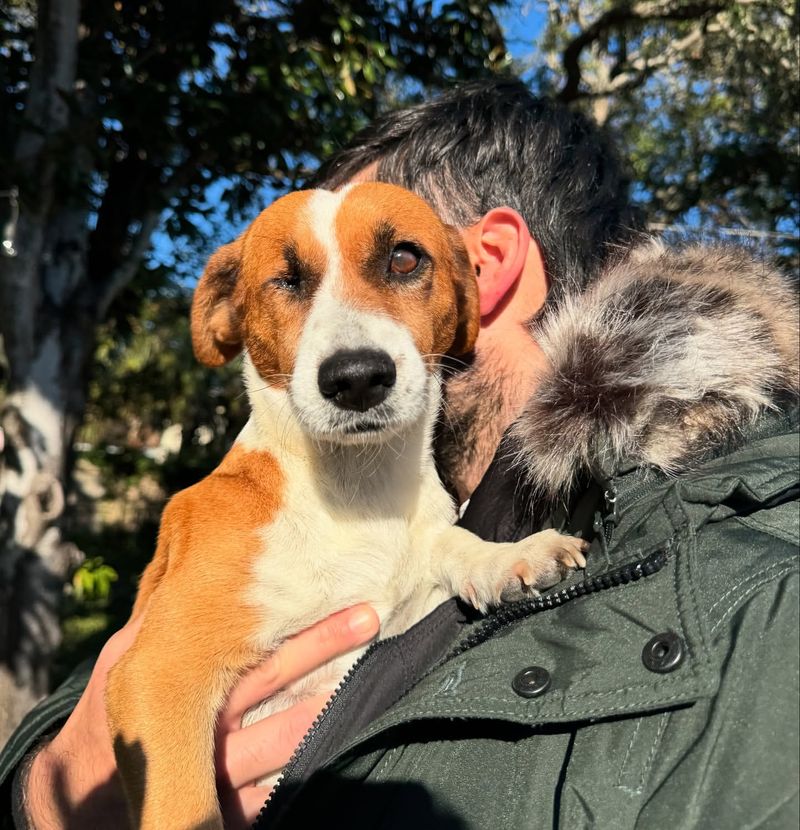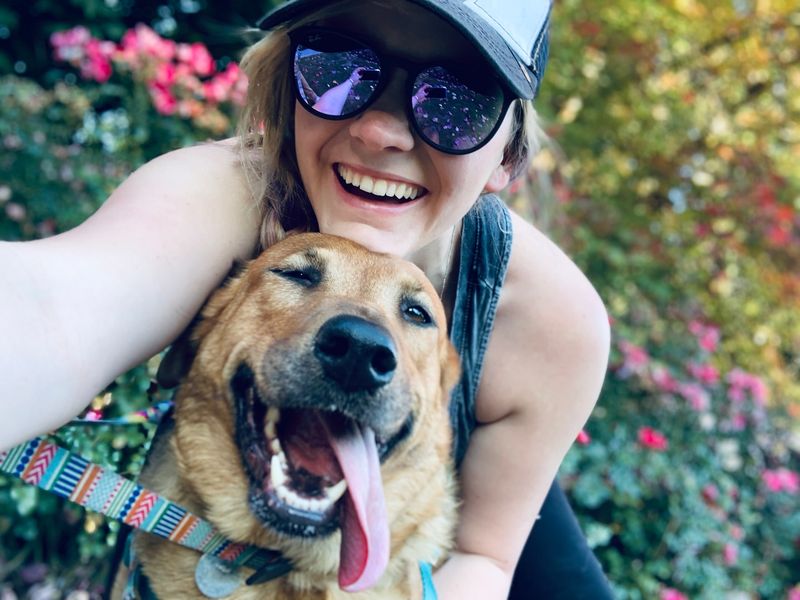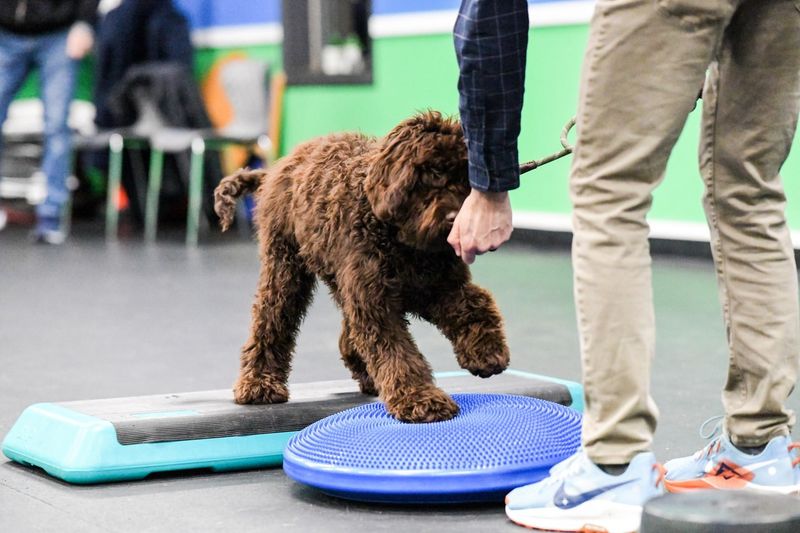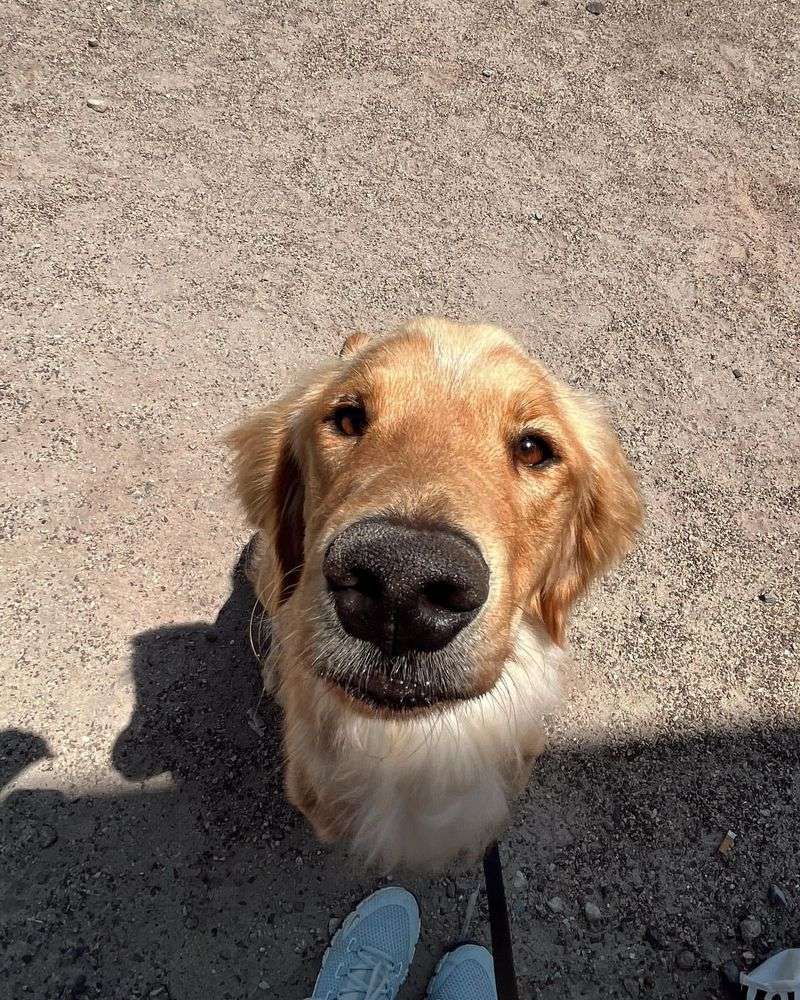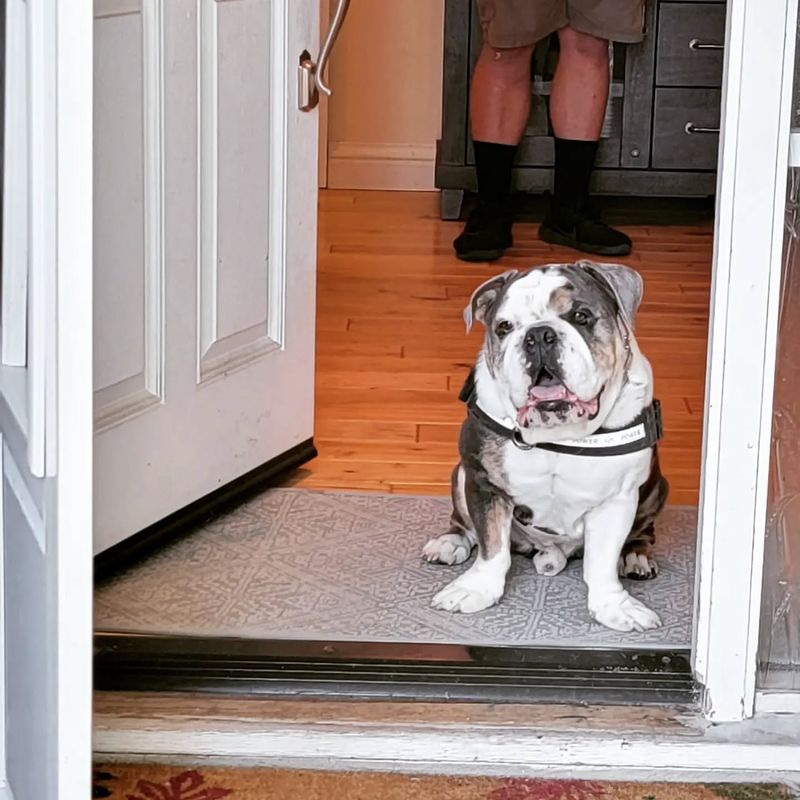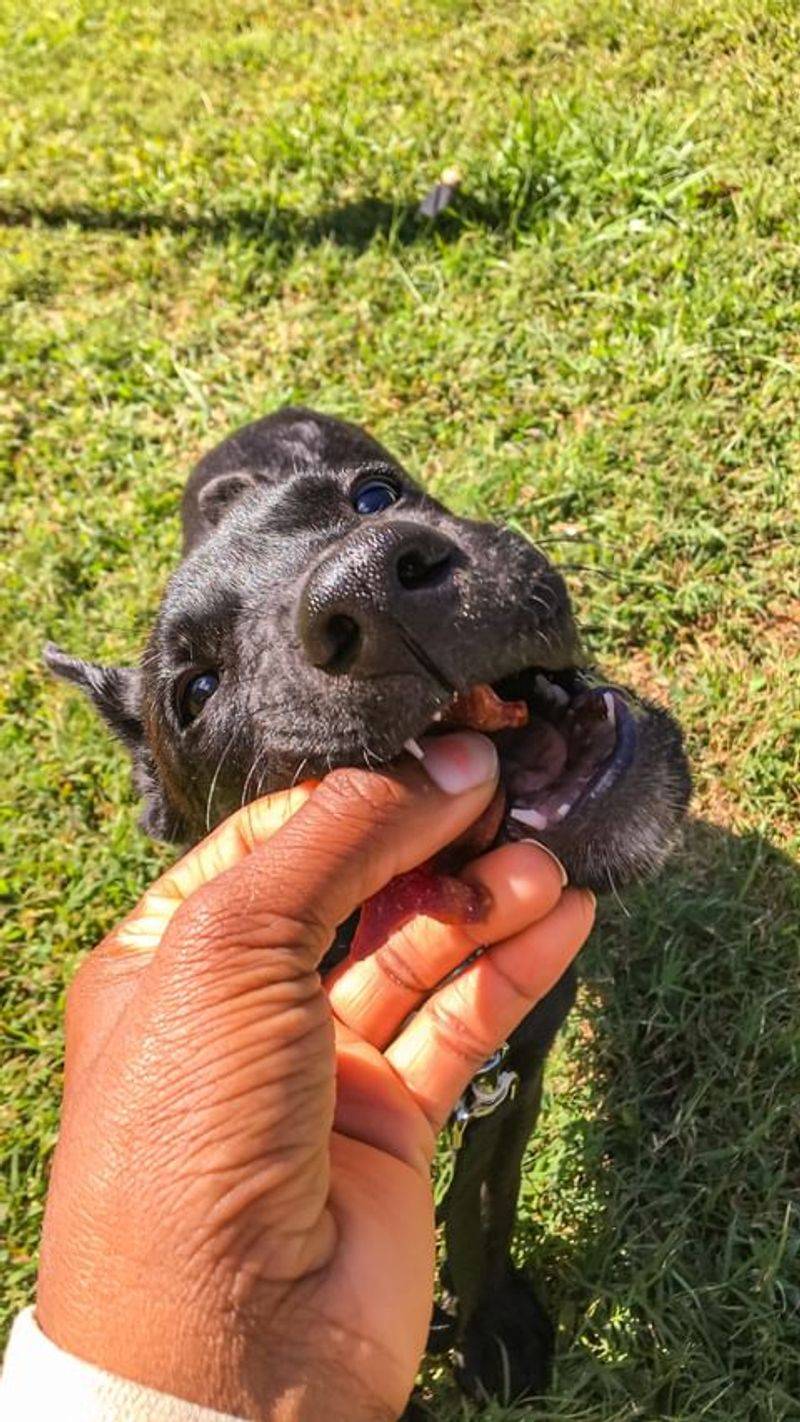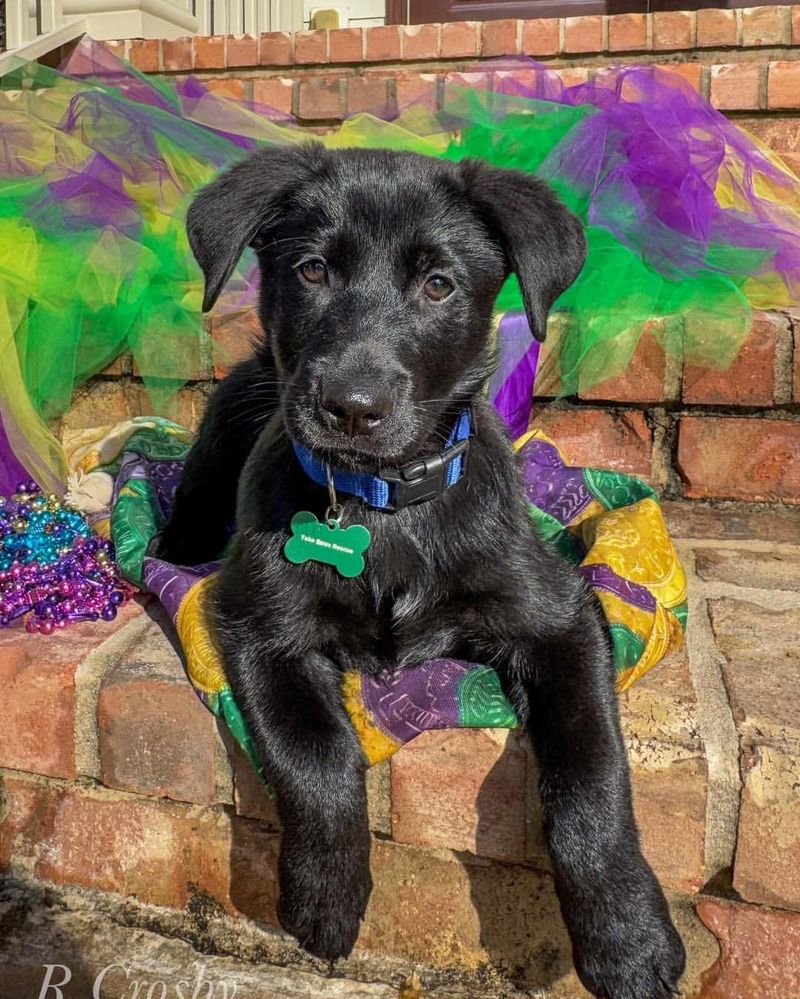Rescue dogs often come with histories that make them unique companions. Building trust with these dogs requires patience, understanding, and love. This guide explores effective strategies to foster a strong bond with your rescue dog, ensuring a happy and harmonious relationship. Whether you are a new pet owner or have experience with dogs, these twelve methods will provide actionable insights to create a nurturing connection.
Create a Safe Space
Establishing a safe environment is vital for the well-being of your rescue dog. Designate a specific area in your home where your dog can retreat and feel secure. This space should be free from loud noises and disturbances, providing comfort whenever needed.
Fill it with your dog’s favorite toys and a cozy bed to make it inviting. This haven allows your dog to have a personal area to relax and decompress, which significantly aids in reducing stress and anxiety. Such an environment fosters trust and signals that your home is a safe haven.
Use Positive Reinforcement
Positive reinforcement is an effective way to build trust with a rescue dog. Reward your dog with treats or praise whenever they display desirable behavior. This not only reinforces good habits but also creates a positive association with you as their owner.
Be patient and consistent in your approach. Over time, your dog will learn that good behavior leads to positive outcomes. This method encourages a trusting relationship as your dog starts to understand that you are a source of good things, further strengthening your bond.
Practice Gentle Handling
Gentle handling is crucial for rescue dogs, especially those with a history of neglect or abuse. Approach your dog slowly and speak in a soothing voice to avoid startling them. Always be mindful of their comfort level and boundaries.
Over time, your dog will become more accustomed to your touch, and trust will naturally develop. Respecting their personal space and using calm, gentle gestures helps in overcoming any initial fear or anxiety they might have. This careful approach reassures your dog that they are safe and loved.
Establish a Routine
Routines provide a sense of security and predictability for rescue dogs. Establish consistent times for feeding, walking, and play to help your dog adjust to their new environment. Knowing what to expect can significantly reduce anxiety for dogs.
A structured routine demonstrates reliability and care, allowing your dog to feel more at ease. With time, your dog will learn to anticipate daily activities, building trust as they realize that their needs will be consistently met. This stability is key in developing a trusting relationship.
Communicate with Clear Commands
Clear communication is essential in building trust with a rescue dog. Use simple, consistent commands paired with hand signals to convey your expectations. This helps avoid confusion and ensures your dog understands what is being asked of them.
Practice patience and repeat commands consistently. Over time, your dog will learn to recognize these cues, which builds trust as they see you as a clear and consistent communicator. Establishing this mutual understanding is fundamental in strengthening your bond.
Involve in Family Activities
Integrating a rescue dog into family activities helps them feel like a valued member of the household. Include your dog in gatherings, outings, and even simple daily activities to foster inclusion.
This approach signals to your dog that they are part of the family unit, which strengthens their bond with each family member. Regular involvement in family life helps your dog adjust more quickly and builds their trust as they feel loved and included in the family dynamic.
Spend Quality Time
Quality time is fundamental in building trust with a rescue dog. Engage in activities that both you and your dog enjoy, such as playing fetch or going for a walk. These moments help strengthen your bond and show your dog that they are an important part of your life.
Consistency in spending time together will reassure your dog of your commitment. It’s not just about spending hours; it’s about the quality of interaction. Make sure the time is filled with positive experiences and affection, as these are crucial in creating a trusting relationship.
Attend Training Classes Together
Participating in training classes with your rescue dog is a great way to build trust and improve behavior. Classes offer a structured environment where your dog can learn new commands and social skills.
These sessions provide an opportunity for you to work closely with your dog, reinforcing your bond. Training also helps address behavioral issues, making your dog more confident and comfortable. The shared experience of learning together enhances trust and communication between you and your dog.
Be Patient and Understanding
Patience is essential when building trust with a rescue dog. Understand that your dog may have a difficult past that requires time to overcome. Move at their pace and never rush interactions.
Show empathy and provide support as your dog adjusts to their new home. Recognize small victories in their behavior and offer encouragement. This understanding fosters a trusting relationship, showing your dog they are safe and loved despite any challenges they may face.
Respect Their Boundaries
Respecting a rescue dog’s boundaries is essential in building trust. Allow your dog to approach you on their terms and avoid forcing interactions. This respect demonstrates that you honor their comfort and autonomy.
Observe their body language to understand their needs better. Giving your dog the space they need fosters a trusting bond as they realize they are in control of their interactions. Over time, this patience encourages your dog to become more comfortable and trusting of your presence.
Introduce New Experiences Gradually
Gradually introducing new experiences helps build confidence in a rescue dog. Start with familiar and safe environments before venturing into new territory. This approach allows your dog to adjust at their own pace.
New experiences should be positive and stress-free. Praise and reward your dog for their bravery, turning these moments into opportunities for bonding. By introducing change slowly, you build trust and demonstrate understanding of your dog’s needs.
Offer Plenty of Love and Affection
Love and affection are the cornerstones of building trust with a rescue dog. Regularly show your dog affection through petting, cuddling, and verbal praise. This attention reinforces their sense of belonging and security.
Every dog craves love, and showing consistent affection helps them feel valued. Over time, your dog will reciprocate this love, further strengthening your bond. This mutual exchange of affection is vital in fostering long-lasting trust and companionship.
